
How green energy illuminates the Belarusian city of Polack
What do the Belarusian city of Polack and the French city of Lyon have in common? And how are local residents changing their regions in Belarus? Read on to find out.
The European Union and Belarus are currently implementing four joint energy projects, with a total budget of over €3 million. With the help of the EU4Energy initiative, Belarus is developing wind power, its schools are becoming more energy efficient, a smart control system for water consumption has been developed in Čavusy, Braslaŭ is striving towards becoming the first climate-neutral municipality in Belarus, and over 40 Belarusian towns have joined the global movement the Covenant of Mayors for Climate and Energy.
With the EU’s support, Belarusian towns have hosted so-called ‘Energy Days’ for the past six years, in order to promote the idea of energy efficiency among residents. This year, they took place in 27 settlements. In total, the 400 events that took place all over the country were attended by 16,000 people. Municipalities make their residents think about energy consumption with the help of hackathons, festivals, masterclasses, exhibitions and tours of hydropower stations.
Polack has hosted Energy Days in each of the past six years, and this year’s celebrations took the form of a light festival. Such celebrations have been taking place in Europe for a long time, attracting thousands of visitors. The most famous events take place each year in Lyon, London and Berlin.
Polack Light Festival took place within the framework of the PubLiCity project, which is part of the Covenant of Mayors – Demonstration Projects programme and financed by the European Union as part of the EU4Energy initiative. As part of the project, regular street lamps on 16 streets of Polack will also be replaced with energy-efficient alternatives.
Marina Borisova, organiser of Polack Light Festival
‘We thought about how to show our residents that modern light technologies help change the town and save energy at the same time. This is how the idea to hold the Energy Days in the form of the Light Festival was born. Thanks to the support of the European Union and PubLiCity project, we attended the Light Festival in Lyon, France, and applied the experience of this world-famous festival in Polack.’
Within the framework of Polack Light Festival, ten light installations appeared on the city’s streets and over a dozen thematic events took place in the city, as well as online. The installations were developed by local school and college students, who participated in a special competition. They wanted to show that lights can be not only beautiful, but also energy efficient.
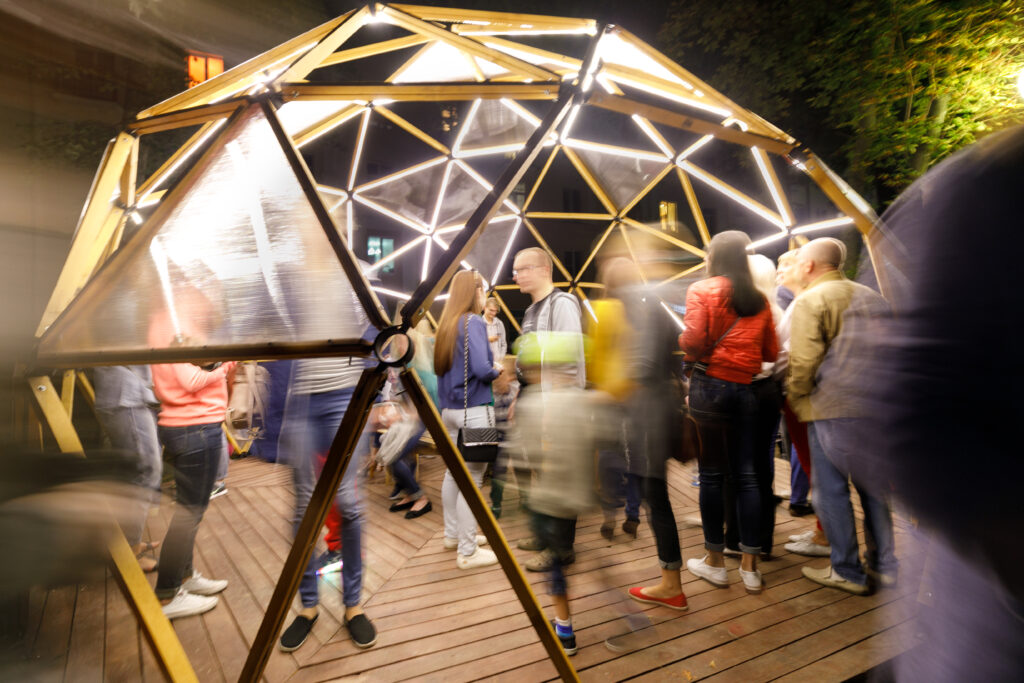 ‘Ozone Sphere’ light installation at night.
‘Ozone Sphere’ light installation at night.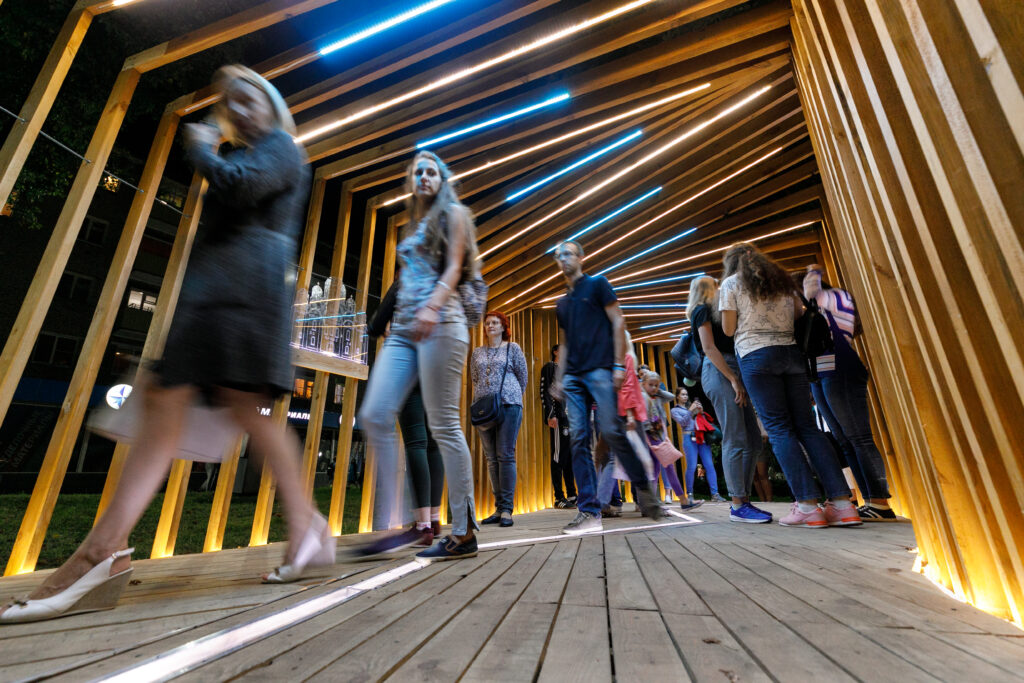 Visitors to the ‘Time loop’ installation.
Visitors to the ‘Time loop’ installation. ‘Stars’ lights installation.
‘Stars’ lights installation. Menu in the café at Polack Light Festival.
Menu in the café at Polack Light Festival.
Tatyana Tyapko and Aleksandra Kulakova, creators of the ‘Ozone Sphere’ light installation
‘With the help of our installation, we wanted to attract people’s attention to the problem of climate change. We made a dome in the shape of the ozone layer, which is lit up at night. Only the parts symbolising holes in the ozone layer do not light up. There are sensors inside the sphere that respond to hand movements. If you move your hand closer to the hole, it lights up and the person “heals” the ozone layer. Through this we wanted to show that the future of the planet is in our hands.’
Anastasiya Nikitina, creator of the ‘Stars’ installation
‘I am originally from Viciebsk, but I am delighted to participate in the light festival in Polack. I think that for cities to develop it is important to hold such events in the regions. It is also crucial to support initiatives of people who want to promote changes in their towns and create new art objects there.
‘I think we managed to combine environmental and energy efficiency themes with elements of the Belarusian culture in our installation. We made it exclusively from eco-friendly materials and the light comes from LED light bulbs, which consume seven times less power than conventional light bulbs.’
 Builders of ‘Ozone Sphere’ installation.
Builders of ‘Ozone Sphere’ installation.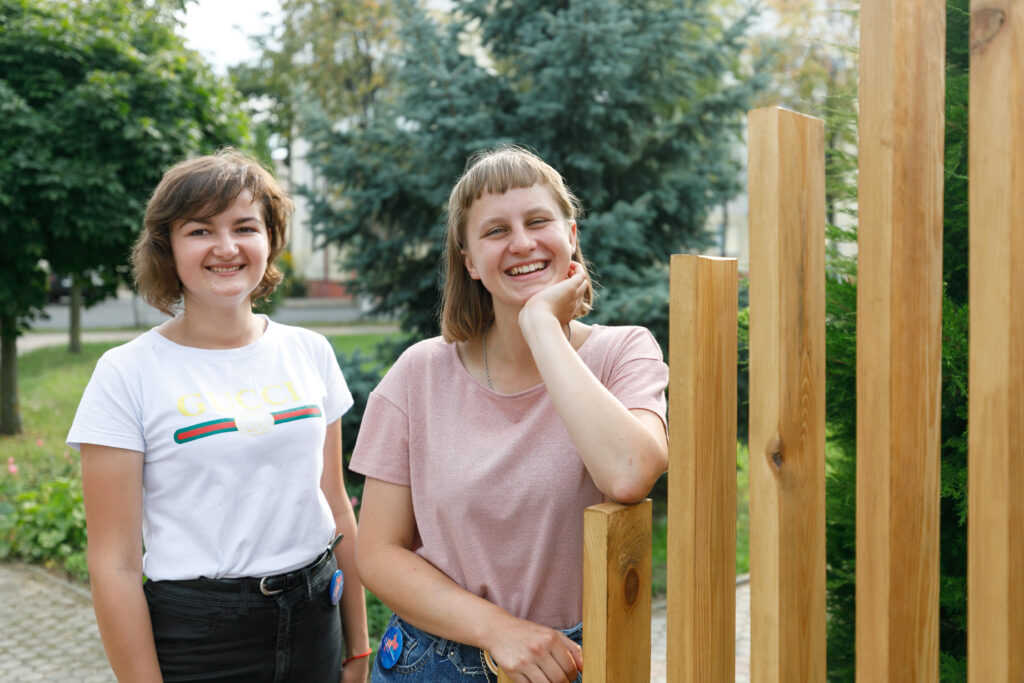 Creators of the ‘Stars’ light installation.
Creators of the ‘Stars’ light installation.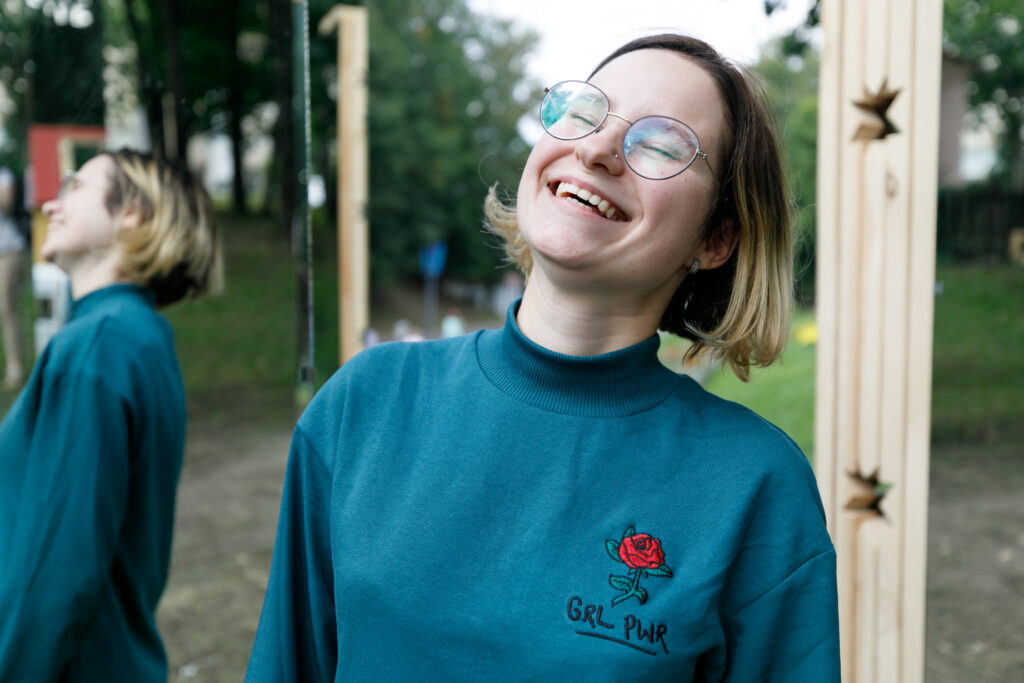 Nastya Nikitina, creator of the ‘Stars’ light installation.
Nastya Nikitina, creator of the ‘Stars’ light installation.
Aleksandr Stankevich, Valeriya Kashnikova and Andrey Kosyakov, creators of the ‘Time Loop’ installation
‘We combined two issues: climate change and lost architectural monuments of Polack. Real art objects, which expend very little energy and complement the city, can be made from eco-friendly materials and LED strip lights. We hope that this festival will be held in Polack every year, since the simplest way to demonstrate an idea is through art. People strive for the beautiful, and light symbolises life and hope.’
Polack became the pioneer of the Covenant of Mayors in Belarus in 2012. Since Polack, a further four dozen towns have joined the initiative. These towns voluntarily pledged to cut their CO2 emissions by 20% by 2020 or 30% by 2030. Every third Belarusian lives on the territory of a signatory city of the agreement.
Sergey Leychenko, First Deputy Head of the Polack District Executive Committee
‘In order to promote the idea of an energy efficient way of life, it is necessary to work with residents of all ages: children, schoolchildren and adults. We hold mass events, including Energy Days, in order to achieve this. We see that city residents are happy with the current light festival, and it’s possible the city will organise it every year. Some light installations will remain on the city’s streets after the festival as well.’
Polack Light Festival is an example not only for Belarusian regions. A Ukrainian participant of the Covenant of Mayors, the city of Chernivtsi, is also implementing a project to modernise street lighting and is planning to hold Energy Days in the same format as Polack did this year.
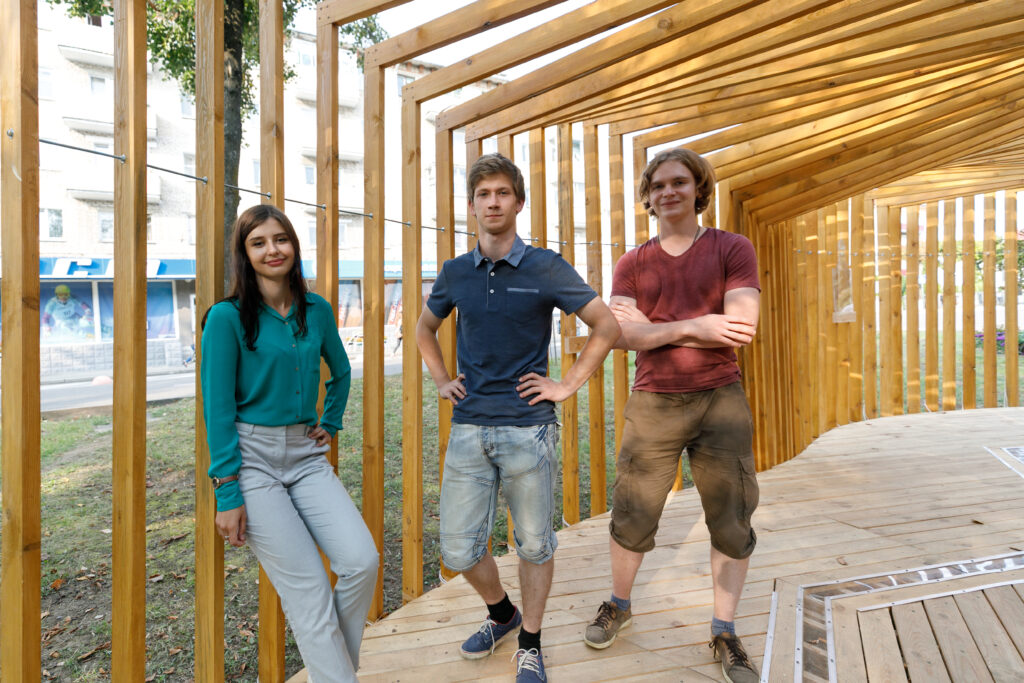 Creators of ‘Time loop’ installation.
Creators of ‘Time loop’ installation.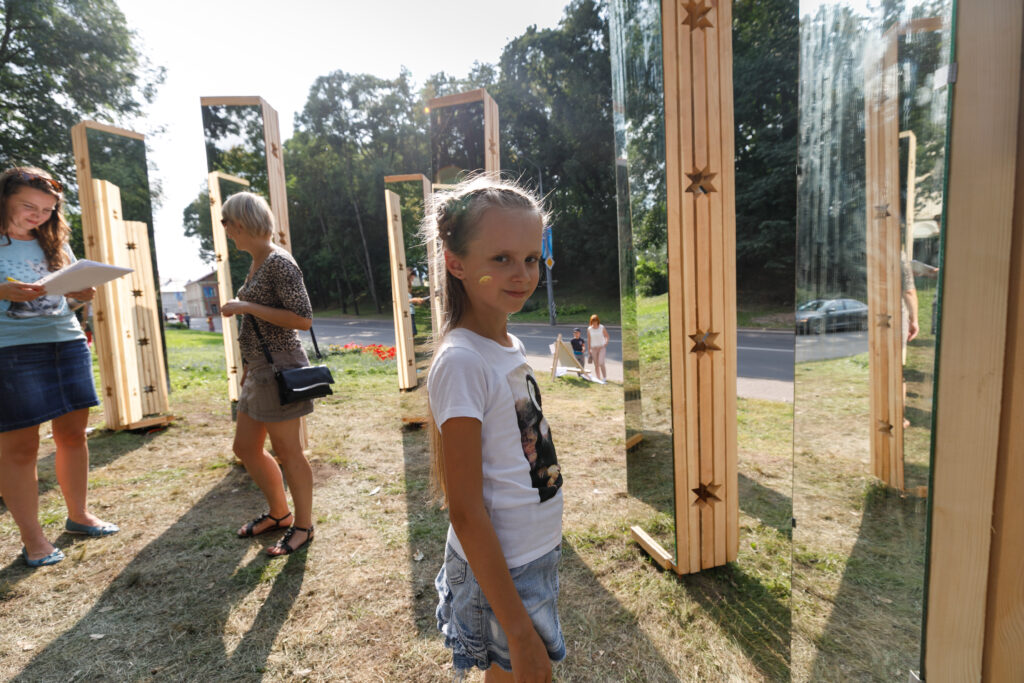 ‘Stars’ light installation.
‘Stars’ light installation. ‘Time loop’ installation.
‘Time loop’ installation.
Polack Light Festival was included in the online calendar of light festivals that is maintained by LUCI (Lighting Urban Community International), an international organisation working in the field of street lighting. Through this, Polack Light Festival became one of the world’s well-known festivals of light, along with those in Lyon, Berlin, Paris and Brussels.
Polack was the first city in the Eastern Neighbourhood region to hold Energy Days in the format of a light festival. This is an example for other Belarusian towns of how to apply the European experience and attract the attention of a wider audience to energy-efficient ideas, all with the help of the art of light.
Author: Anton Rodnenkov
MOST READ
SEE ALSO
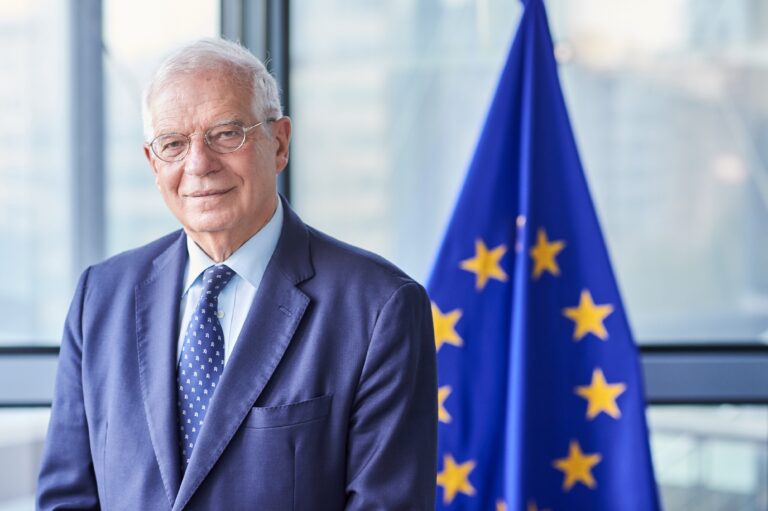
No, time is not on Russia‘s side
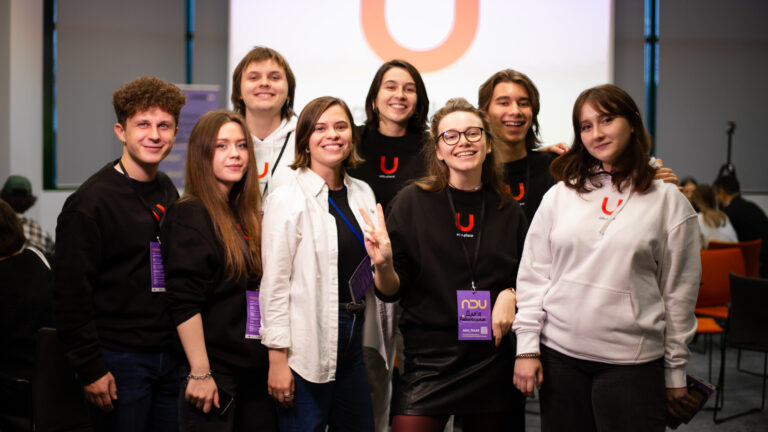
Great opportunities even if you have no money: what the EU offers Belarusian teachers and students

Be one step ahead of a hacker: check simple cybersecurity tips!
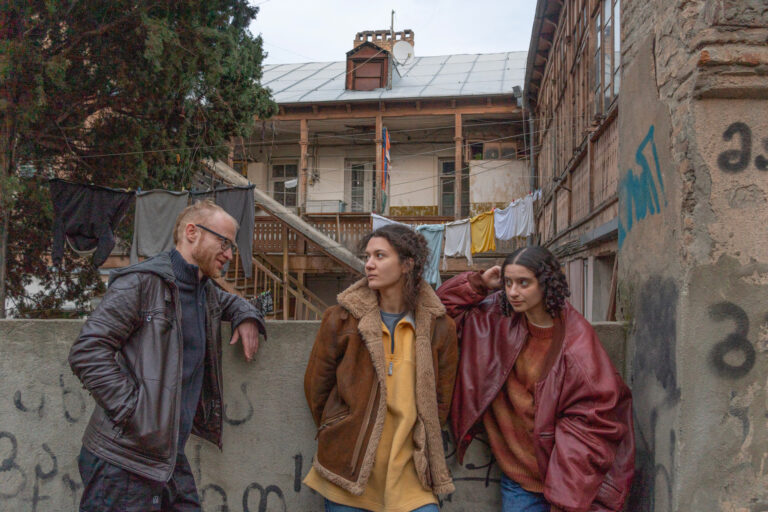
Rhisoma Lab: the intercultural hub for creatives in Tbilisi

How to act and move on: strategies for women facing discrimination and online harassment
More campaign pages:
Interested in the latest news and opportunities?
This website is managed by the EU-funded Regional Communication Programme for the Eastern Neighbourhood ('EU NEIGHBOURS east’), which complements and supports the communication of the Delegations of the European Union in the Eastern partner countries, and works under the guidance of the European Commission’s Directorate-General for Neighbourhood Policy and Enlargement Negotiations, and the European External Action Service. EU NEIGHBOURS east is implemented by a GOPA PACE-led consortium. It is part of the larger Neighbourhood Communication Programme (2020-2024) for the EU's Eastern and Southern Neighbourhood, which also includes 'EU NEIGHBOURS south’ project that runs the EU Neighbours portal.

The information on this site is subject to a Disclaimer and Protection of personal data. © European Union,







